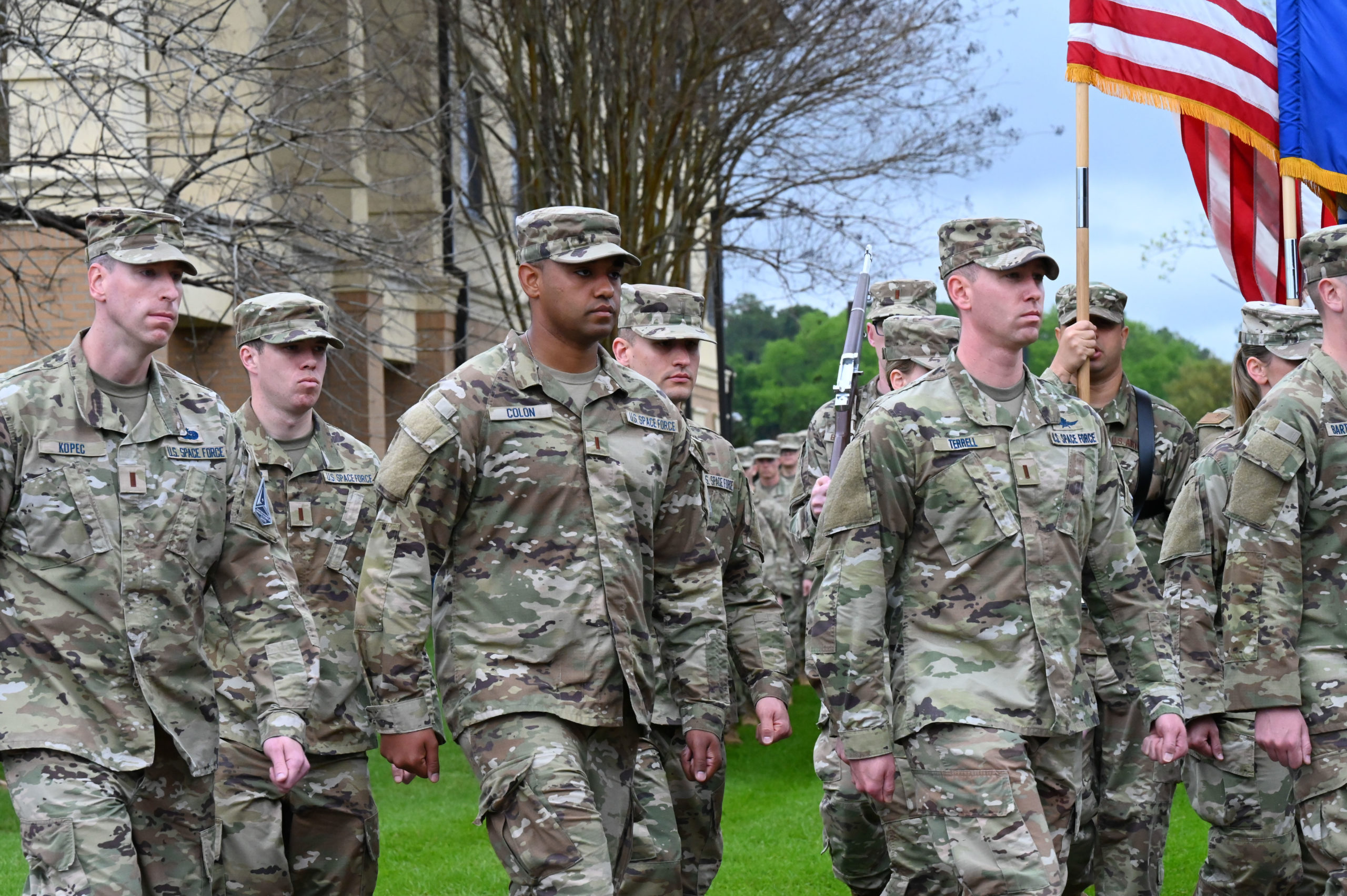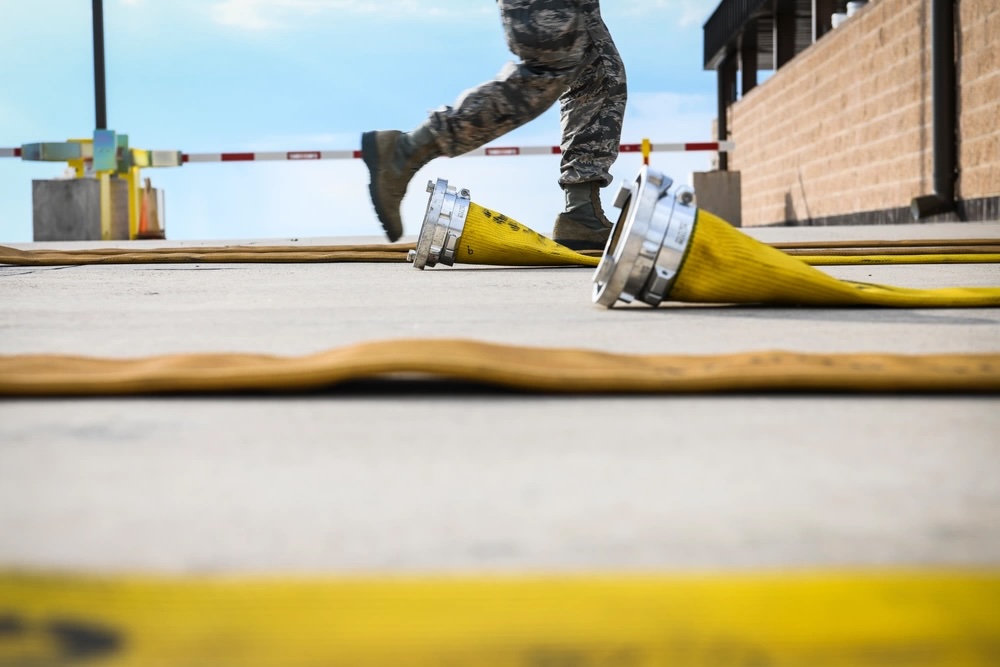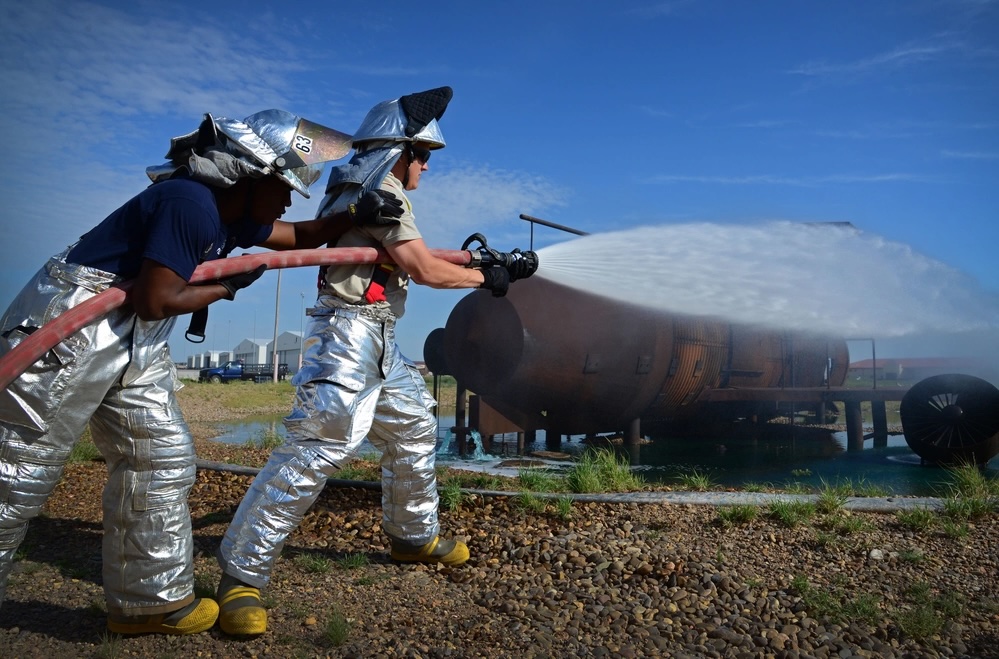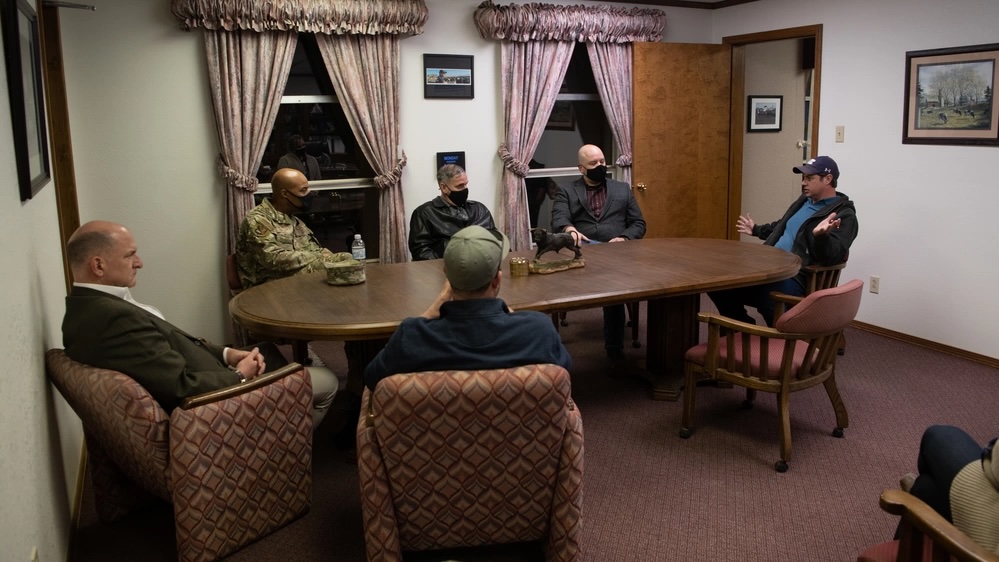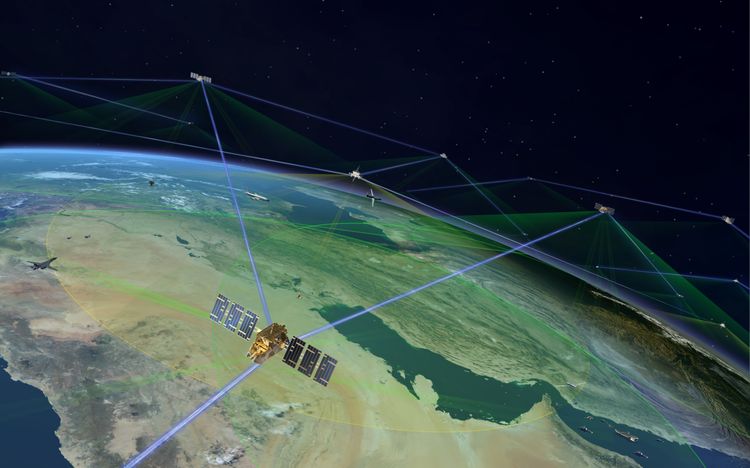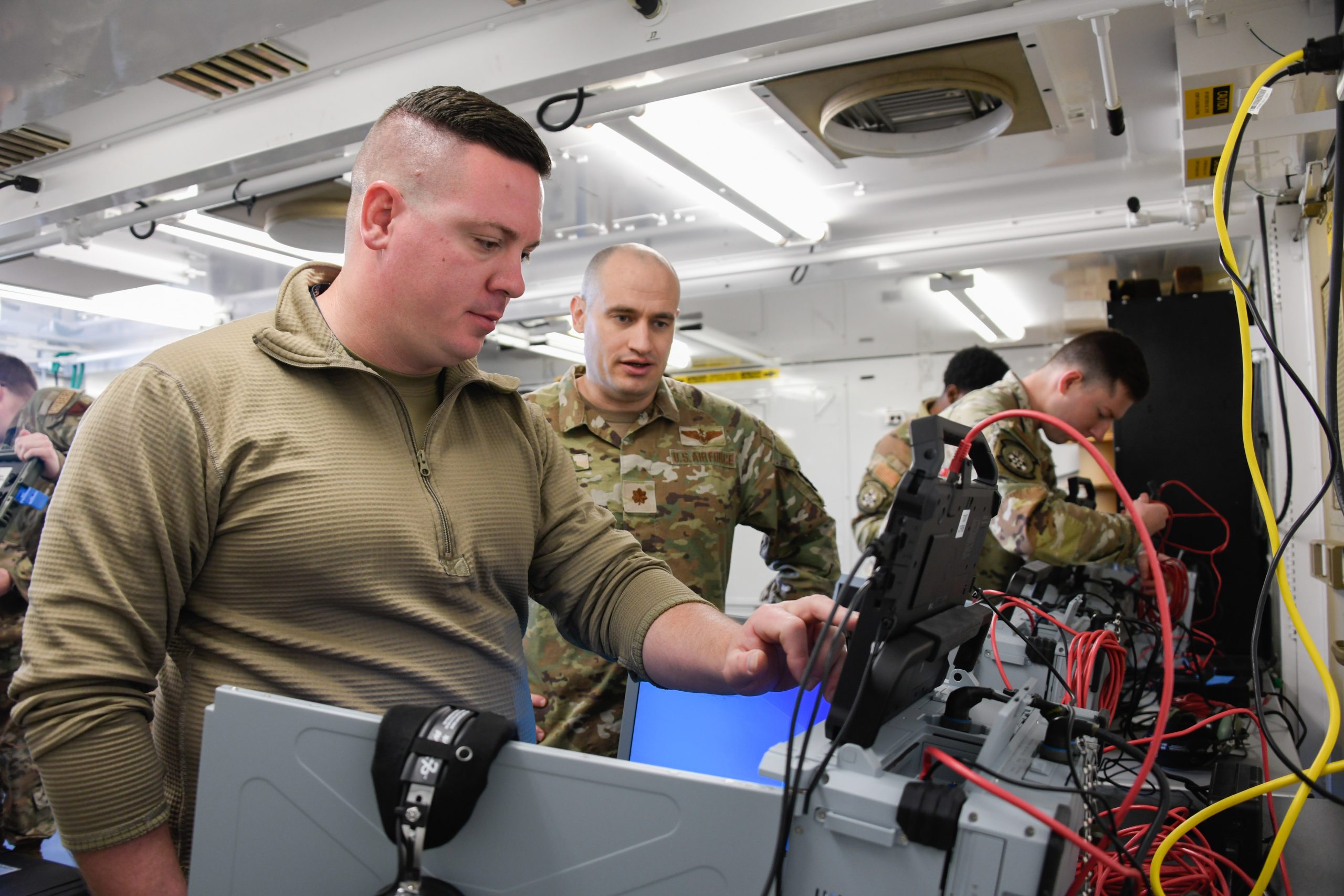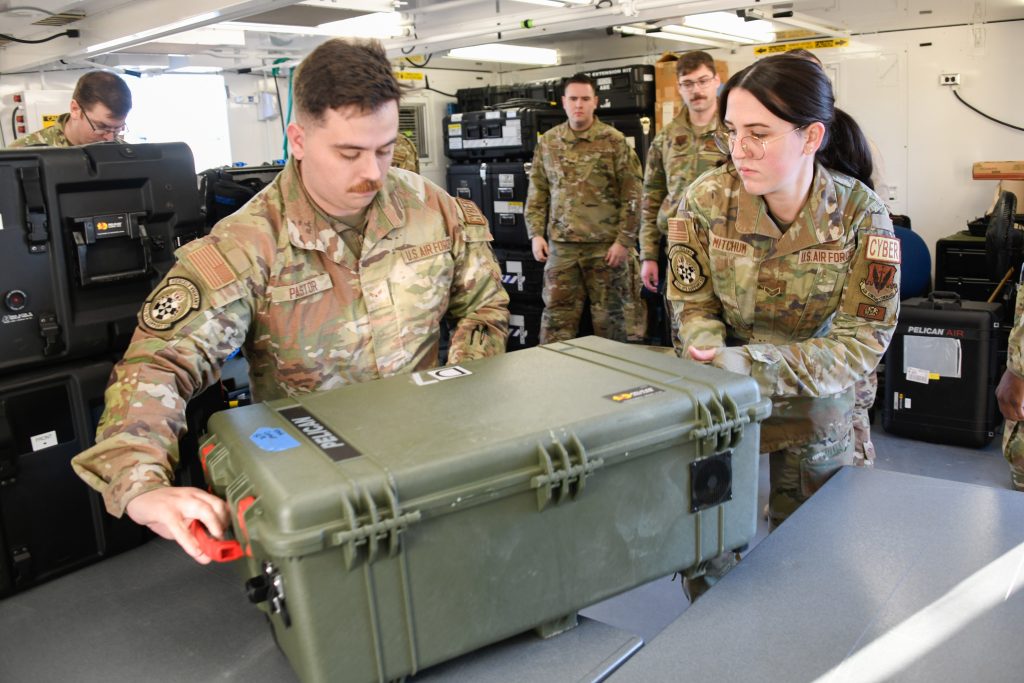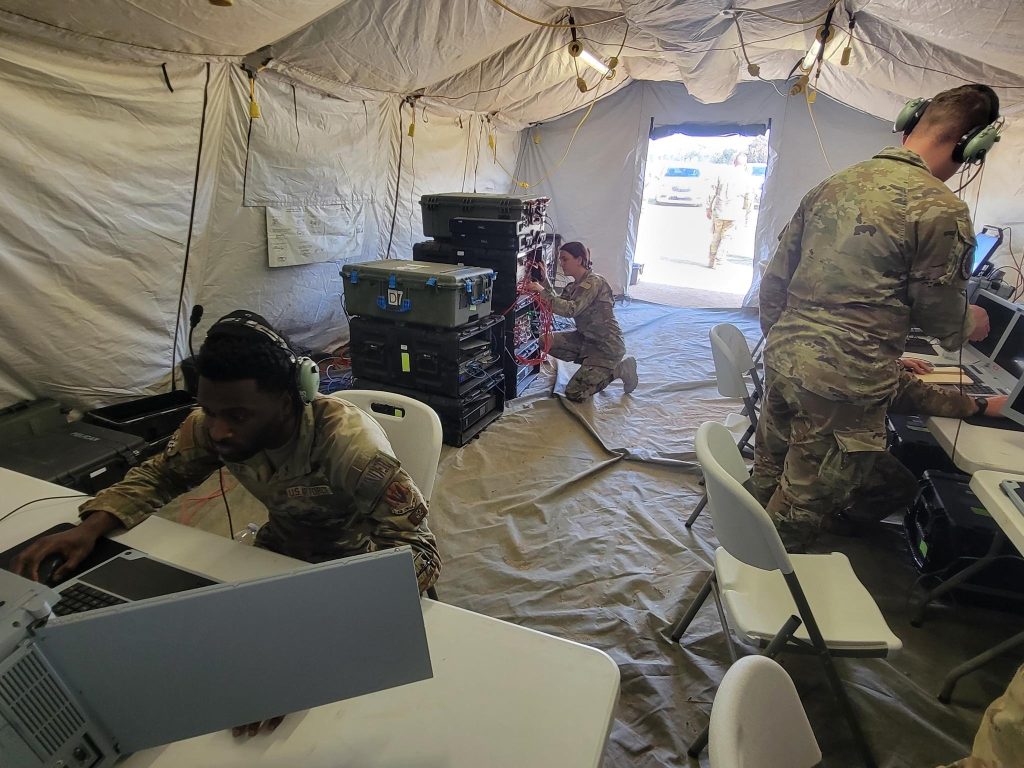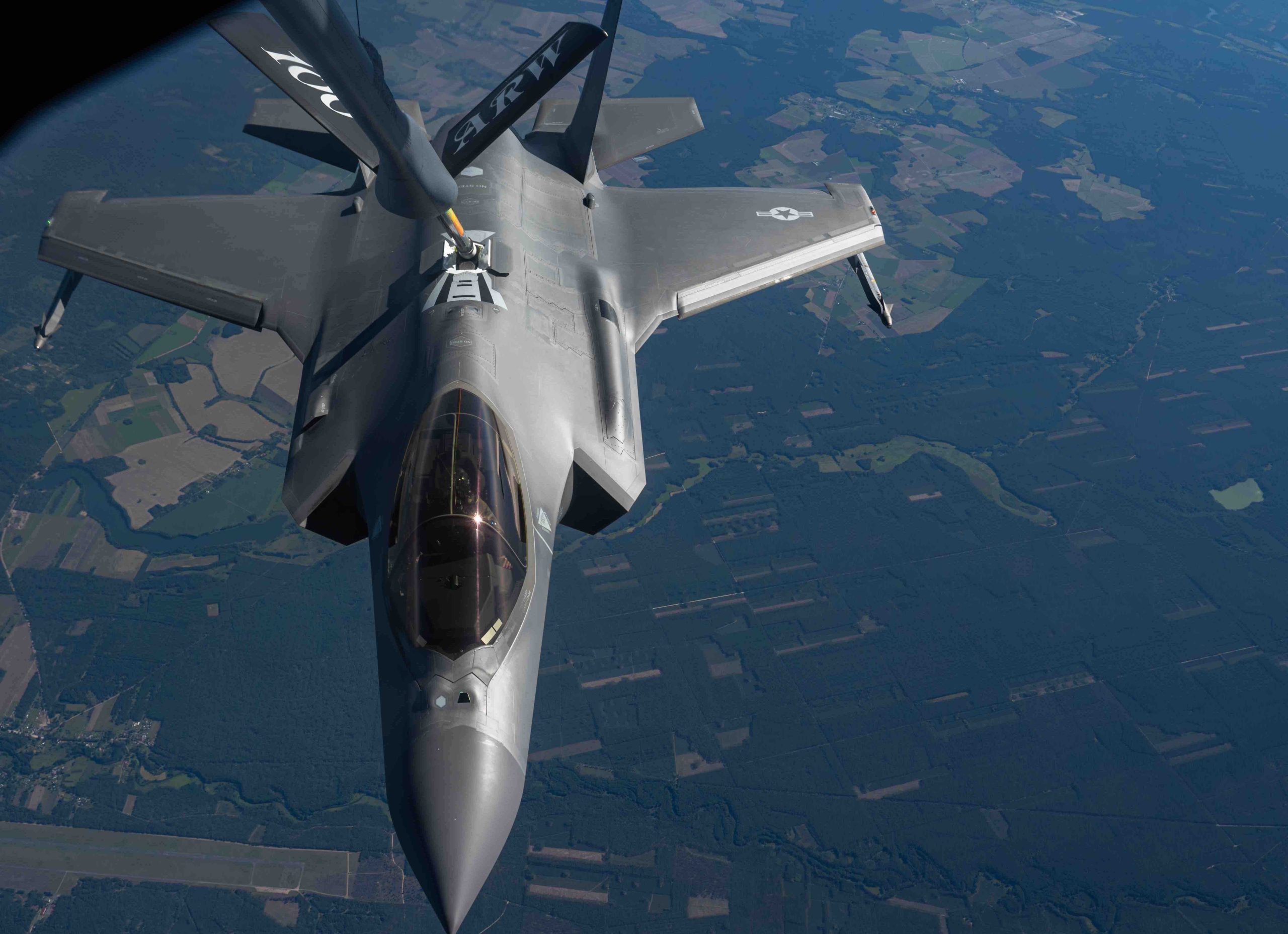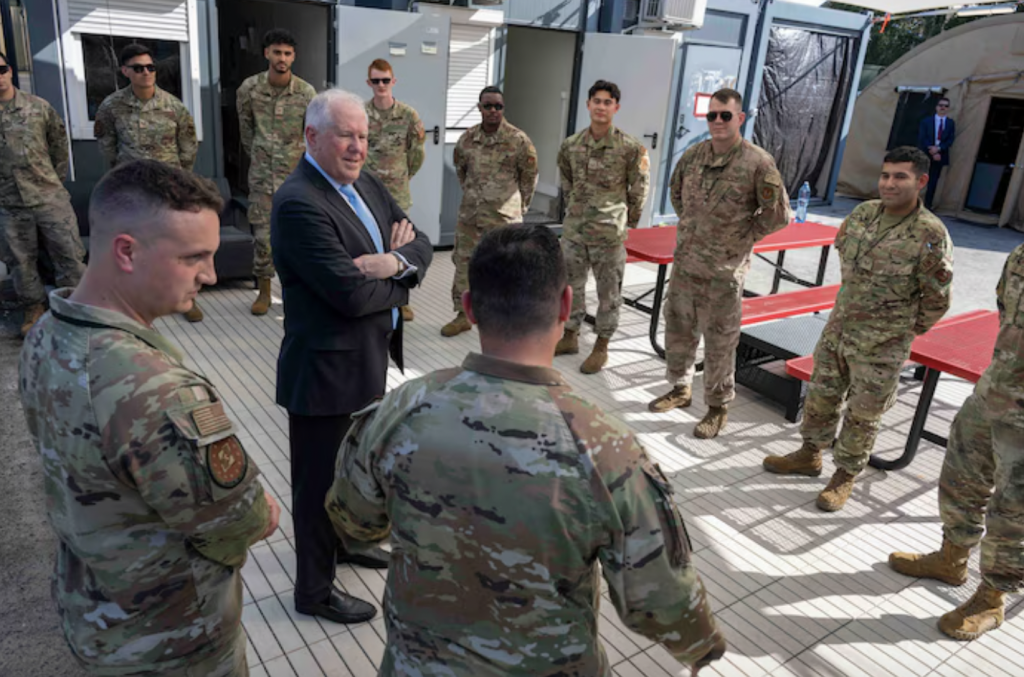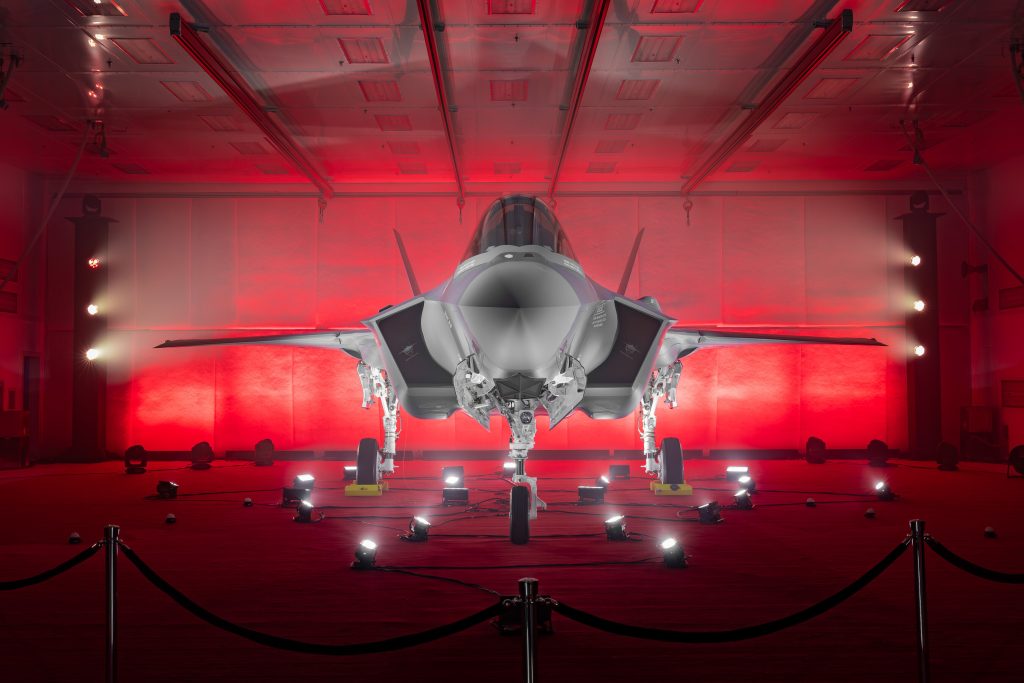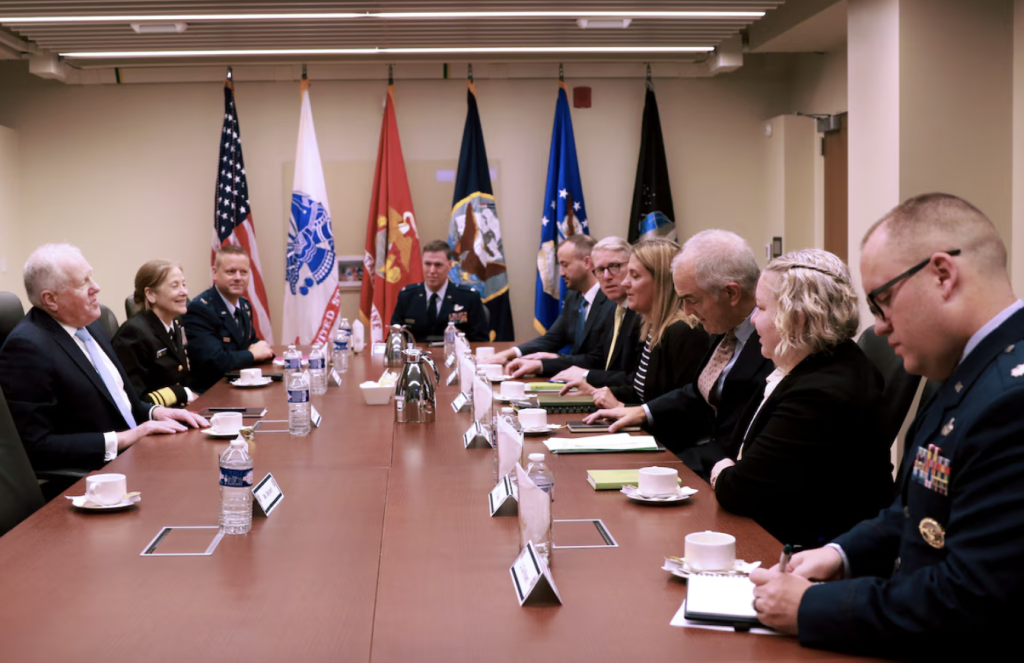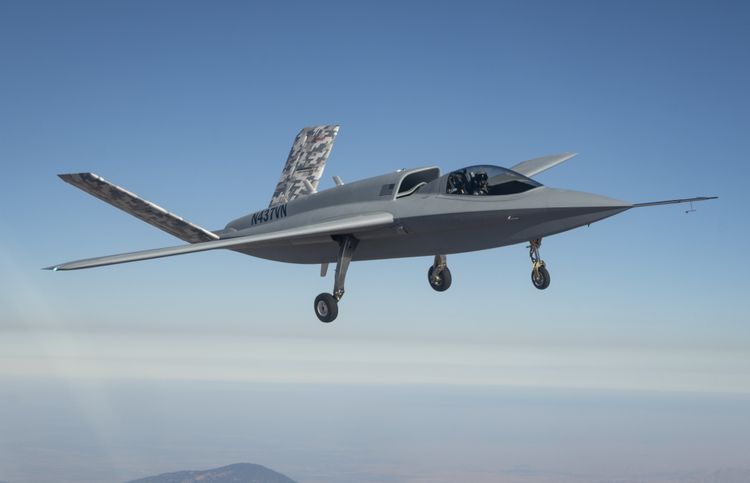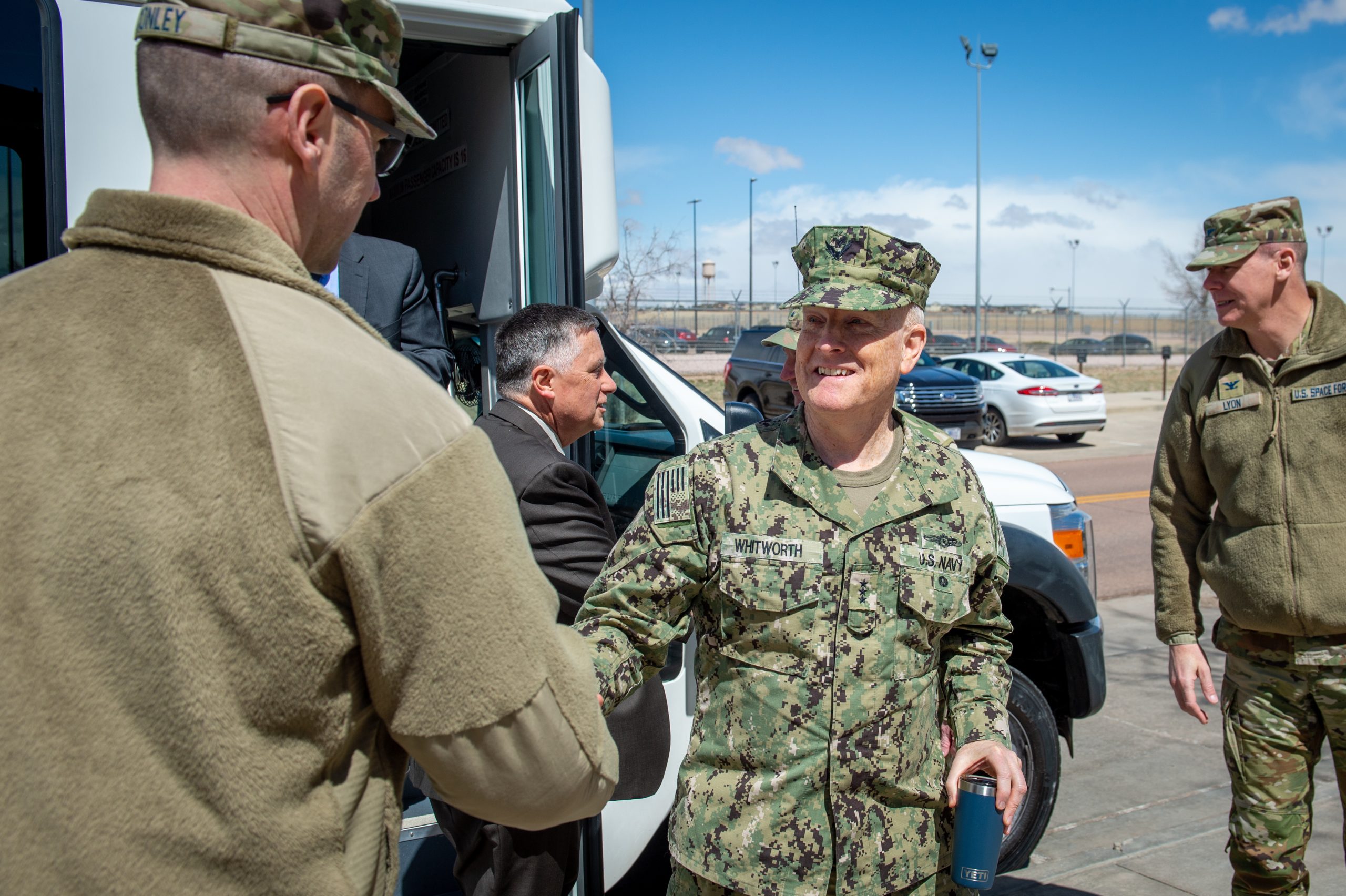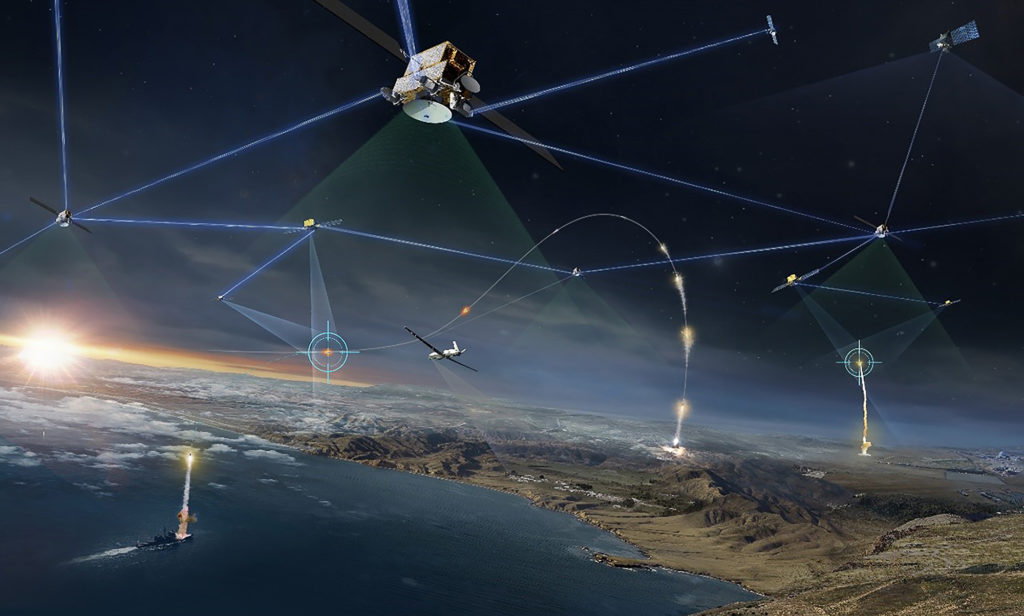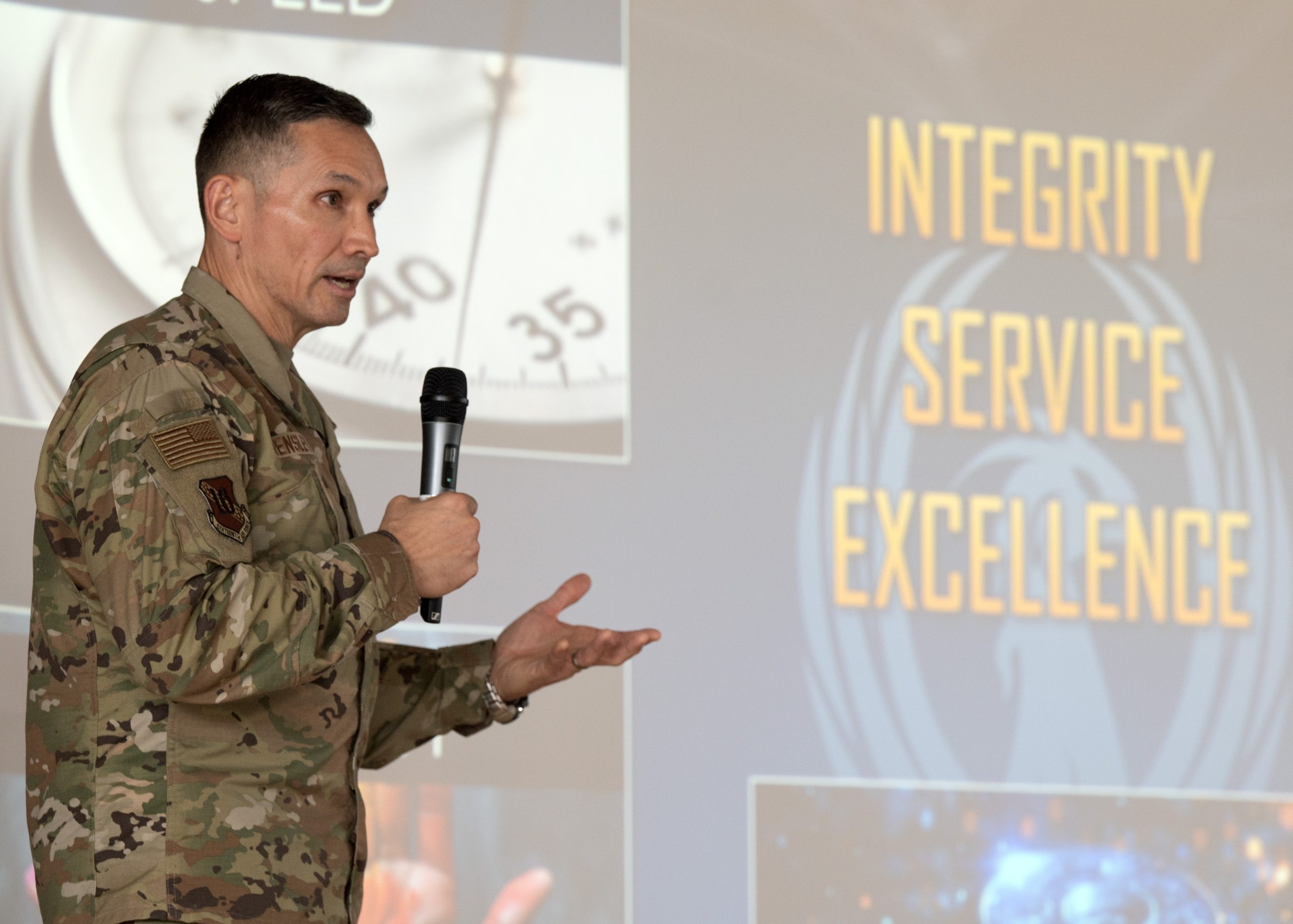The Space Force started its inaugural Officer Training Course (OTC) at Peterson Space Force Base, Colo., on Sept. 3, a major overhaul in the service’s approach to building a well-rounded officer corps.
Instead of sending Guardians to specialized technical schools or field training, from now on, all newly commissioned officers of the service—including those fresh from the Air Force Academy—will undergo this 12-month, full-time program. The curriculum immerses them in the three core pillars of the service—intelligence, space, and cyber operations—ensuring that all officers emerge as “Guardians first, specialists second.”
“In order to lead effectively, our officers must have a comprehensive understanding of all elements of space power,” Chief of Space Operations Gen. B. Chance Saltzman said in a release. “The establishment of OTC gives every officer the baseline knowledge necessary to successfully lead operations in our technically demanding and highly contested environment.”
The first cohort of about 80 Guardians will experience a blend of classroom learning and hands-on field instruction, Ethan Johnson, Space Training and Readiness Command (STARCOM) spokesperson, told Air & Space Forces Magazine. The officers will face regular tests and exams to ensure a solid grasp of the material. The curriculum focuses on ensuring that everyone is accessed into the service with the same common training code and develops a shared joint warfighter mindset and culture.
Upon graduation, all officers will be qualified to serve in all three career fields of the Space Force but will receive an initial specialty vector based on their aptitude, preferences, and the needs of the service. They will then relocate to their first operational assignment based on that initial vector, but “have the opportunity for new vectors in future assignments,” added Johnson.
The instructors at the school form a diverse team; the 319th Combat Training Squadron (CTS), responsible for training the new officers, includes active-duty military, civilian contractors, and support from the reserve component in the 42nd CTS.
“Collectively, their trainers bring a combination of recent operational experience and decades of military and professional expertise,” said Johnson.
The service first hinted at this initiative back in February as part of a push to fundamentally revamp how Guardians are trained. Previewing changes to re-optimize for great power competition, Saltzman stressed that leaders must master the full range of operations beyond their own areas of expertise, due to the interconnected nature of space. This new method aims to equip Guardians to tackle “the range of complex operational and technical problems central to Great Power Competition,” Air Force Secretary Frank Kendall said in a statement.
“OTC’s fusion of the most critical officer skillsets into one comprehensive program reinforces our commitment to re-optimizing for Great Power Competition,” Maj. Gen. Timothy Sejba, commander of STARCOM, said in a release. “I’m proud and excited to continue training our world-class Guardians in delivering superior space capabilities.”
The service noted that the OTC establishment was accomplished using existing resources, with any additional costs planned to be included in the fiscal 2026 budget or later years.
The OTC is part of the Space Force’s effort to revamp its professional military education as the youngest military branch nears its fifth anniversary. Back in October 2022, the service announced it was partnering with Johns Hopkins University for officer intermediate- and senior-level developmental education instead of establishing a War College.
And starting in 2025, the service plans to expand development opportunities and industry engagement for enlisted and civilian personnel. Last week, Chief Master Sergeant of the Space Force John F. Bentivegna stated that the service is refining its ‘Noncommissioned Officer Academy,’ a new fellowship program for its enlisted leaders. The new model will replace the traditional Non-Commissioned Officer Academy, which was deemed too “Airman-centric” and not adequately tailored to Space Force needs. While the start date is still pending, the fellowship program is expected to focus on “foundational Space Force competencies” and dynamic, hands-on learning for enlisted leaders.
